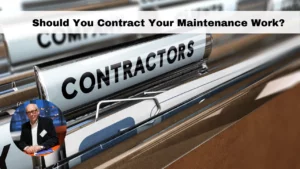My son is 13 years old and has an iPhone 5. Now, just a few weeks before Christmas, he really wants an iPhone 6.
Apparently an iPhone 6 will improve his life radically.
Exactly why and how is not clear. I ask him what the 6 can do that a 5 can’t, but he doesn’t seem all that clear on the differences. What he is clear on, however, is that it is much better.
That seems to be all he needs to know.
This makes me wonder if we have started putting too much faith in technological solutions. Do we simply expect technology to automatically improve our existence, or are we just enamored by gadgets? Maybe a little of both?
Maintenance personnel are gadget freaks; it’s a universal fact.
New gadgets have a near magical draw on us. I believe that, to a certain extent, it is the same for those in maintenance as it is with my son and his longing for a newer and better phone.
For example, an organization may buy a new maintenance software system in hopes it will improve the operation and make it more effective. I’ve even heard people say they think a new maintenance software system will ”guide the organization.”
Even software sales people often use the argument that a maintenance system will save money.
But tools are simply just that- tools. Technology can accelerate improvements, but technology is not the driving factor in improving maintenance; it’s a tool.
Another example can be how an alignment tool, or a vibration tool impacts maintenance.
They are fantastic tools, however, if those who use them aren’t given enough time during our shutdowns to do a good alignment, or if there’s no response to the vibration measurement reports, these tools aren’t worth much.
Bill Gates said: ”The first rule of any technology used in a business is that automation applied to an efficient operation will magnify the efficiency. The second is that automation applied to an inefficient operation will magnify the inefficiency.”
In other words, technology is an accelerator. In my opinion, it’s mostly about getting people to follow the agreed-upon work processes.
For most organizations, it’s about improving the same things we have been talking about since the early 1900s, such as planning, scheduling, inspections, lubrication, alignment and storage.
Unfortunately, this is not the most exciting or most fun part of our industry, but we have to have the basics in place before we can improve more advanced systems.
So, the next time you contemplate buying a new gadget, I hope you also consider whether it’s the best thing for your organization, or, if it is better to focus on the basics.
Now, I’m going to contemplate whether an iPhone 6 is the best Christmas gift for my son or not. Happy Holidays to all of you!





